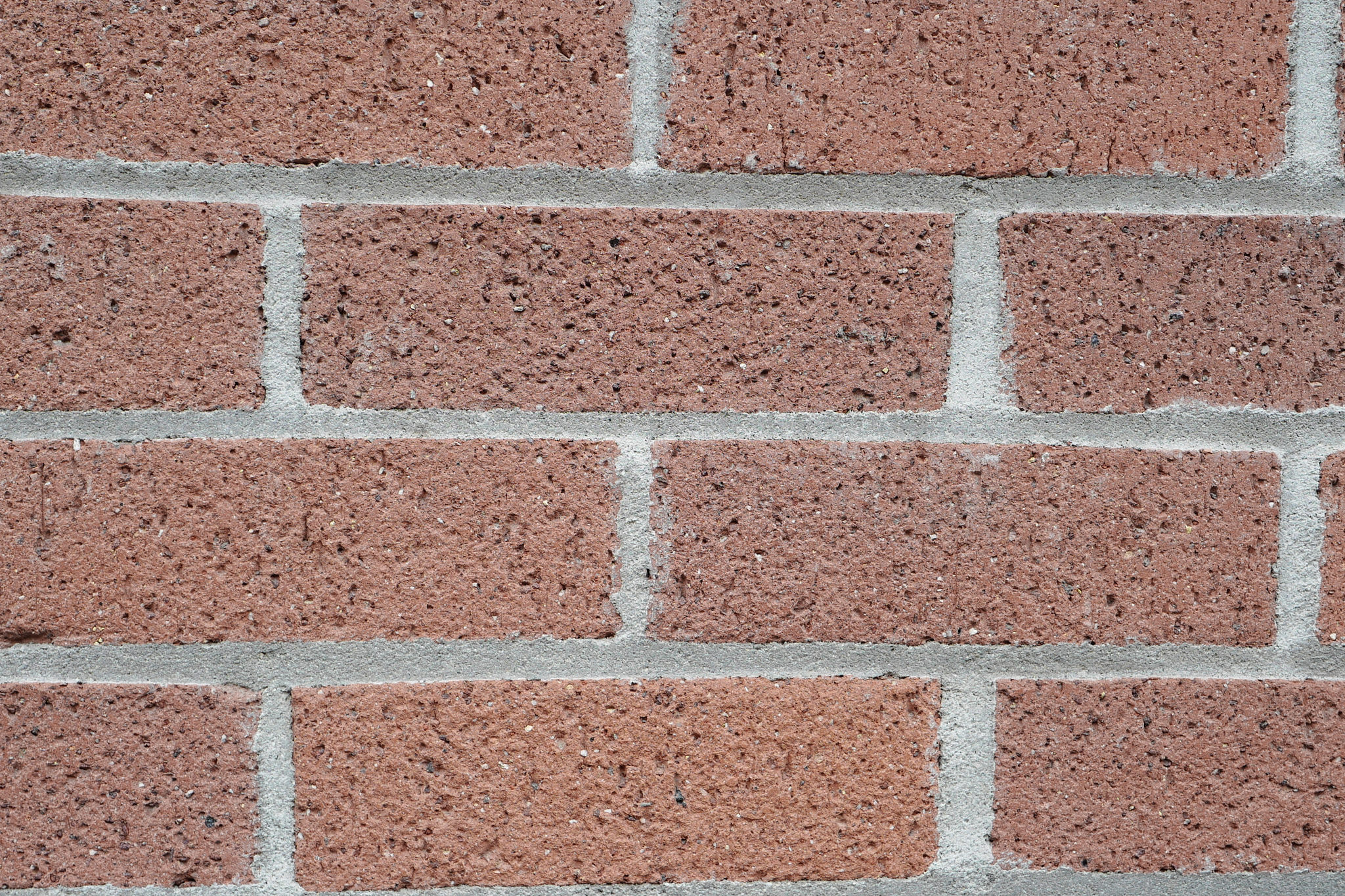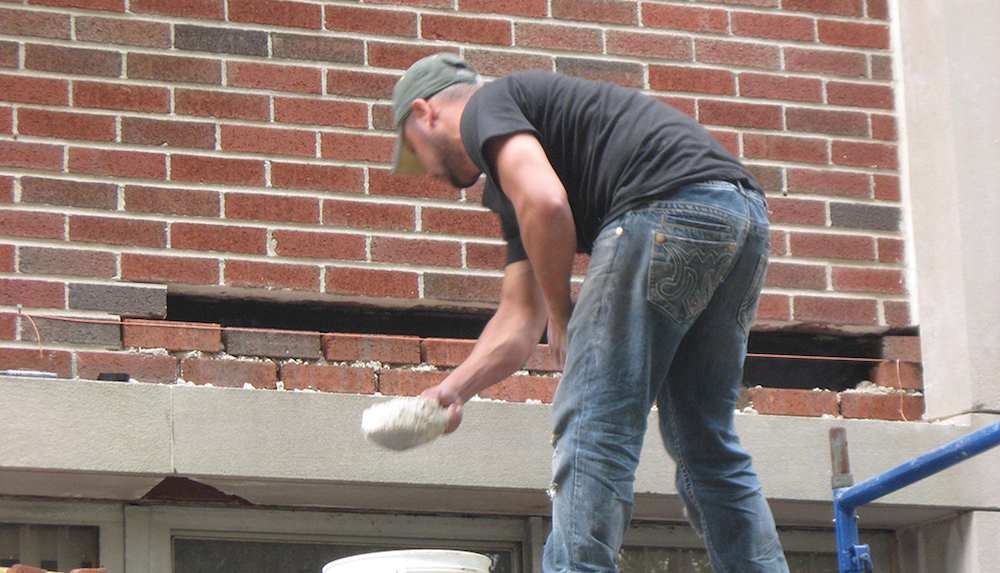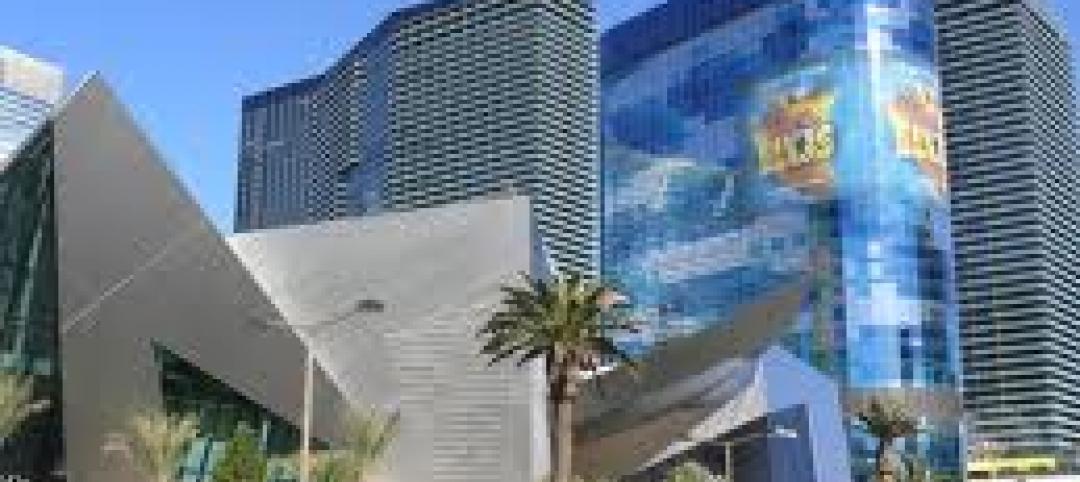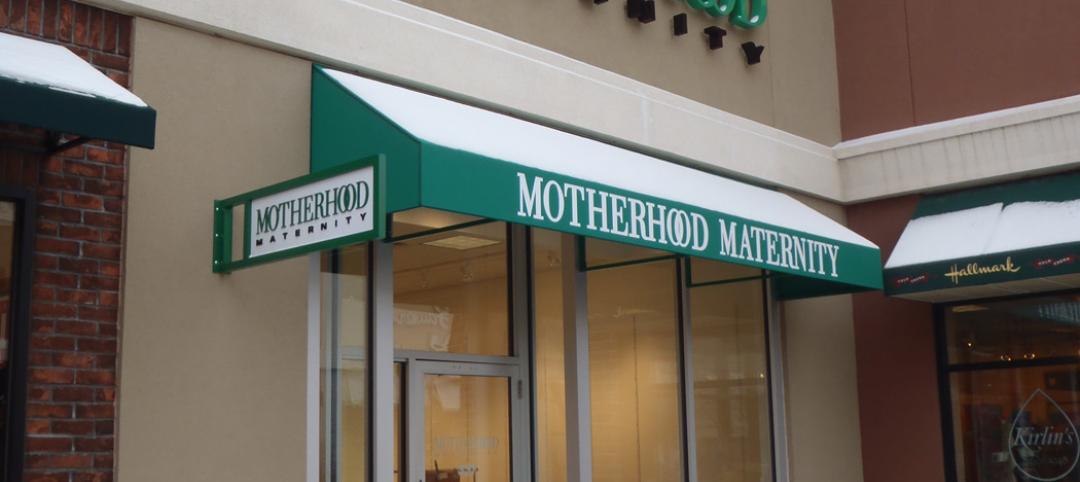If properly designed and constructed, brick masonry can be highly durable and tends to demand little in the way of routine repairs. However, it is still important to conduct regular inspection of the building façade to identify emerging problems and to plan for replacement of materials approaching the end of their lifespan.
While the brick units used in the wall assembly may last 100 years or longer, sills, parapets, chimneys, copings, and other elements with more severe weather exposure typically have a significantly shorter service life. Mortar joints may last 25 years before needing repairs, whereas sealants and plastic flashings could require replacement in as few as five years.
Inspection. To evaluate the behavior of different materials in various weather conditions, inspect seasonally, noting potential problems and needed repairs. Items to look for include:
- Masonry: cracks, spalls, loose brick, mortar cracks, deteriorated mortar, clogged weeps, vegetative growth, deteriorated sealant, efflorescence and stains, out-of-plumb units, water penetration.
- Flashings: damage, open lap joints, stains, missing areas.
- Caps, copings, sills: inadequate slope, cracks, mortar hairline cracks, loose or open joints, out-of-plumb units, missing drips.
Once any of the above problems have been observed, the underlying cause should be identified and corrected, as well as any outward effects of the condition.
Cleaning. Before applying a masonry cleaning product, consult the manufacturer, as the clays, additives, shales, and coatings that compose a given brick dictate how best it should be cleaned. Proprietary cleaning products formulated for brickwork may be helpful in removing stubborn stains. Pressure washers, which may be used for wetting and rinsing, can cause irreparable damage if used at excessive pressures to apply chemicals. The lowest pressure should be used to achieve the desired result. Improper acid cleaning procedures, including insufficient wetting/rinsing and strong acid concentrations, may inadvertently lead to staining, etching, and increased moisture penetration. Before approving a cleaning approach, test all materials and methods thoroughly.
Repair. Repointing is the process of removing damaged or deteriorated mortar to a uniform depth and replacing it with new mortar. When mortar is crumbling, cracked, or softened, repointing may be necessary to protect against water penetration.
Ideally, the original mortar composition should be replicated. If this is not possible, a mortar with a similar or slightly lower compressive strength is recommended for repointing.
The existing mortar should be removed at least to a depth that is twice the joint width, or until sound mortar is reached. To prepare the joint, dust and debris should be removed by brushing, blowing with air, or rinsing. Joints should be dampened, but the brickwork should absorb surface water before new mortar is placed. Mortar should be packed tightly in thin layers and tooled to match the original profile.
 Photo: Lynn Friedman/Creative Commons.
Photo: Lynn Friedman/Creative Commons.
Both for water penetration protection and for aesthetic consistency, it is best to avoid partial repointing of a wall area. Cutting out and replacing all of the mortar joints across a given wall area or distinct visual element avoids a patchwork appearance and reduces long-term repair costs by replacing all of the suspect mortar in one go.
Sealant replacement: Although most of the joints in a brick masonry cavity wall are filled with mortar, the intersections between brickwork and other materials, such as windows, doors, roofs, or expansion joints, are filled with sealant. Since the lifespan of sealants can range from five to 20 years, sealant deterioration is a common source of moisture intrusion. When inspecting the façade, look for sealant that is missing, deteriorated, torn, or sagging and arrange for replacement with a sealant that is compatible with the adjacent materials.
Vegetation removal: Ivy may look fetching along the side of a building, but the ivy shoots penetrate voids in the mortar and tend to contribute to water infiltration. Rather than pull the vines from the wall, which can damage masonry, vines should be cut and allowed to dry up; they may then be removed using a stiff fiber brush and water. If the vines have damaged the mortar, repointing may be necessary.
Weep hole repair: Clogged weep holes may be opened by means of a dowel or stiff wire. If weep spacing is insufficient to effectively drain moisture to the exterior, new weep holes may need to be drilled. Consult a design professional before probing or drilling, as incorrectly placed weep holes may do more harm than good, and it is easy to accidentally damage concealed underlying flashing.
Brick unit replacement: Severely spalled or damaged brick should be replaced with units selected to match the originals in color, dimensions, and texture. After the damaged brick has been removed from the wall, all of the existing mortar should be cleared away and the surface cleaned and prepared. With the appropriate surfaces buttered with new mortar, replacement brick should be pressed into position and joints fully pointed and tooled. As with repointing, mortar for brick replacement should be selected to match the existing mortar in properties and appearance.
Flashing installation: When an investigation reveals that flashing is missing, damaged, or improperly installed, the exterior brick veneer must be removed to install the appropriate flashing. If the problem is allowed to persist, water will continue to become trapped in the wall cavity, leading to deterioration of the assembly and, eventually, infiltration into the building interior.
Wall tie and anchor retrofit: Without proper support, the exterior veneer of a cavity wall assembly is vulnerable to catastrophic collapse and failure, as it requires anchorage to the back-up to remain stable. When a wall has been constructed with insufficient ties, or where the existing connections have failed, retrofit anchors, such as helical screws, may be installed through a mortar joint and attached to the back-up substrate. Since each situation and wall assembly is different, and products vary in installation methods and limitations, it is critical to consult with a design professional and with the retrofit anchor manufacturer before attempting to repair anchorage issues.
A note on water-pepellent coatings. Properly designed and constructed masonry walls provide water infiltration protection without the aid of water-repellent coatings, and, in most cases, the addition of such a product causes more problems than it solves. Water-repellent coatings are no replacement for design details that resist water penetration. However, there may be isolated instances in which a breathable coating can be used successfully, such as for masonry subject to extreme exposure.
A design professional can work with the manufacturer to determine when and where a vapor-permeable water repellent product might merit consideration.
Related Stories
| May 7, 2012
4 more trends in higher-education facilities
Our series on college buildings continues with a look at new classroom designs, flexible space, collaboration areas, and the evolving role of the university library.
| Apr 30, 2012
Virginia Commonwealth unveils design for Arts Institution
Institute for Contemporary Art will serve as a catalyst for exhibitions, programs, research and collaboration.
| Apr 23, 2012
Vegas’ CityCenter called financial ‘black hole’
Two and a half years ago, stockholders filed six lawsuits after the stock price fell from $99.75 on Oct. 9, 2007, to $1.89 on March 5, 2009. Bondholders sued over similar steep losses.
| Apr 16, 2012
Batson-Cook breaks ground on senior living center in Brunswick, Ga.
Marks the third Benton House project constructed by Batson-Cook.
| Apr 6, 2012
Batson-Cook breaks ground on hotel adjacent to Infantry Museum & Fort Benning
The four-story, 65,000-ft property will feature 102 hotel rooms, including 14 studio suites.
| Mar 20, 2012
Stanford’s Knight Management Center Awarded LEED Platinum
The 360,000-sf facility underscores what is taught in many of the school’s electives such as Environmental Entrepreneurship and Environmental Science for Managers and Policy Makers, as well as in core classes covering sustainability across the functions of business.
| Mar 19, 2012
HKS Selected for Baylor Medical Center at Waxahachie
Baylor Medical Center at Waxahachiewill incorporate advanced technology including telemedicine, digital imaging, remote patient monitoring, electronic medical records and computer patient records.
| Mar 1, 2012
Reconstruction Awards: Reinvesting in a neighborhood’s future
The reconstruction of a near-century-old derelict public works facility in Minneapolis earns LEED Platinum—and the hearts and minds of the neighboring community.
| Feb 26, 2012
Milwaukee U-Haul facility receives LEED-CI Silver
The new elements of the facility now include: efficient lighting with day-lighting controls and occupancy sensors, a high-efficiency HVAC system used in conjunction with a newly constructed thermal envelope to help reduce energy consumption, and the installation of low-flow fixtures to reduce water consumption.
| Feb 15, 2012
Englewood Construction announces new projects with Destination Maternity, American Girl
Englewood’s newest project for Wisconsin-based doll retailer American Girl, the company will combine four vacant storefronts into one large 15,000 square-foot retail space for American Girl.

















